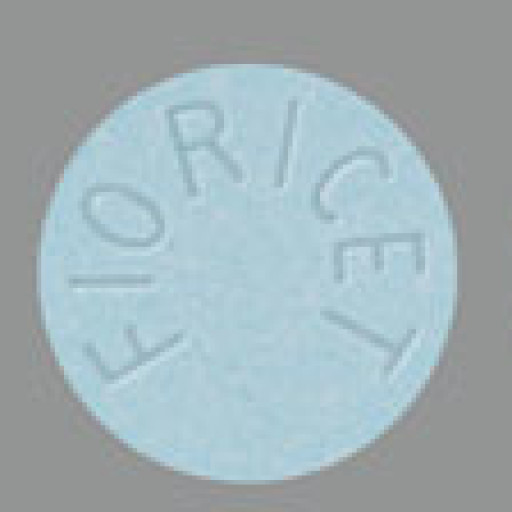Fioricet contains a combination of acetaminophen, butalbital, and caffeine. Acetaminophen is a pain reliever and fever reducer. Butalbital is in a group of drugs called barbiturates. It relaxes muscle contractions involved in a tension headache. Caffeine is a central nervous system stimulant. It relaxes muscle contractions in blood vessels to improve blood flow.
Fioricet is used to treat tension headaches that are caused by muscle contractions.
Some patients are not allowed to buy fioricet online though they are OK to buy fioricet in a street pharmacy with their doctors’ prescription:
-
-
- You have porphyria;
- You have alcohol addictive history;
- You have recently taken edatives, tranquilizers, or other narcotic medications;
- You have taken an MAO inhibitor in the past 14 days;
- You have liver disease;
- You have cirrhosis disease;
- You have drug addiction history;
- You drink more than 3 alcoholic beverages per day;
- You have kidney disease;
- You have asthma, sleep apnea, or other breathing disorder;
- You have stomach ulcer or bleeding;
- You have a history of skin rash caused by any medication;
- You have a history of mental illness or suicidal thoughts;
- You use medicine to prevent blood clots;
- You are pregnant;
- You are breastfeeding.
-
Alternative Names for Fioricet
The combination of butalbital, acetaminophen and caffeine has been formulated by different pharmaceutical brands and can be known by different names in different places.
The combination of butalbital, acetaminophen and caffeine has been formulated by different pharmaceutical brands and can be known by different names in different places.
-
- Brand Names: The combination of butalbital, acetaminophen and caffeine is sold under other brand names, as well as Fioricet. These include Americet, Ezol and Alagesic among others.
- Generic Names: Fioricet may be referred to as the generic names of the drugs combination (butalbital, acetaminophen and caffeine)
- Street Names: There are few known street names for Fioricet that does not contain codeine, as it is lower risk for abuse and addiction. Barbiturates, a drug component of Fioricet, may be referred to simply as Barbs.
How Common Is Fioricet Abuse and Addiction?
According to the 2018 National Survey on Drug Use and Health (NSDUH), an estimated 6.4 million people ages 12 or older misused prescription tranquilizers, including barbiturates like Fioricet, in the past year. That’s equivalent to 2.4 percent of the population.
Although the risks of becoming addicted to Fioricet are low, especially if you take the medication exactly as prescribed, it can still happen. The risks of addiction rise significantly when a person becomes physically dependent on Fioricet and develops a tolerance. At this point, he or she will need more of the drug to get relief from headaches.
However, continually taking larger or more frequent doses of Fioricet can cause addiction.
Consuming large amounts of Fioricet can also produce a high that feels similar to being drunk, which may serve as motivation to misuse it. Some people use Fioricet recreationally by taking large doses of it to get high or by using it with opioids or prescription painkillers to enhance its effects.
Misusing Fioricet to get high or using it in any way other than how it was prescribed can have serious consequences like tolerance, dependence, addiction, and withdrawal. Once you are addicted, it can be very difficult to stop using it.



